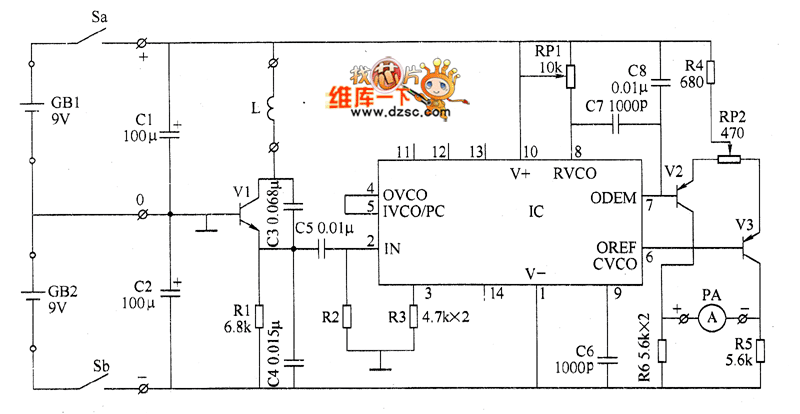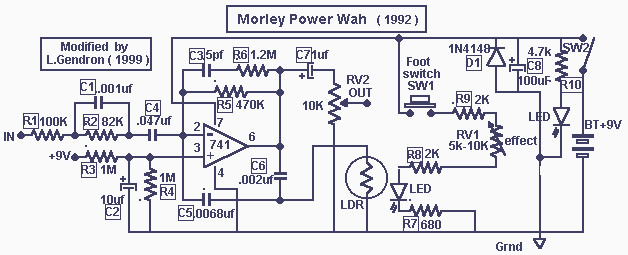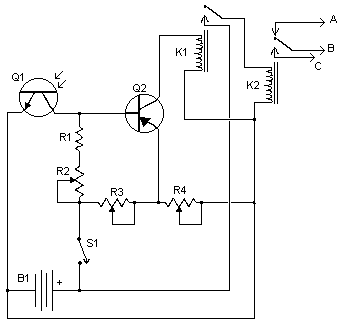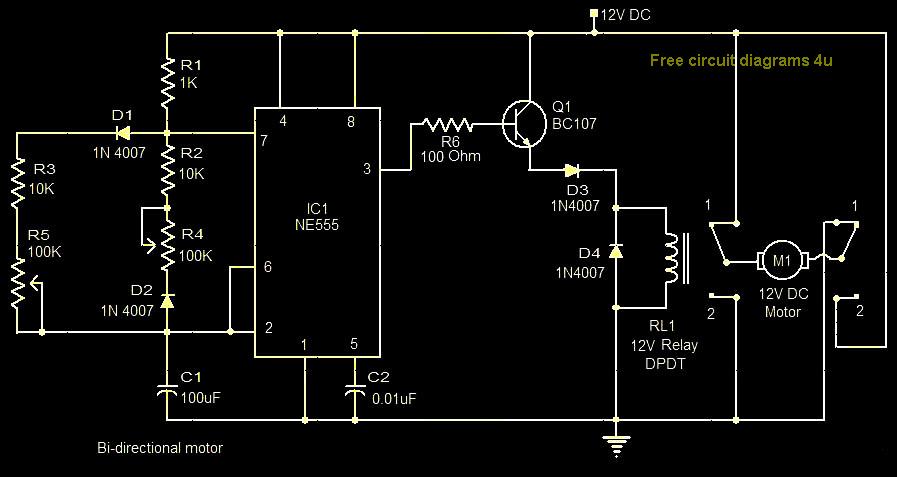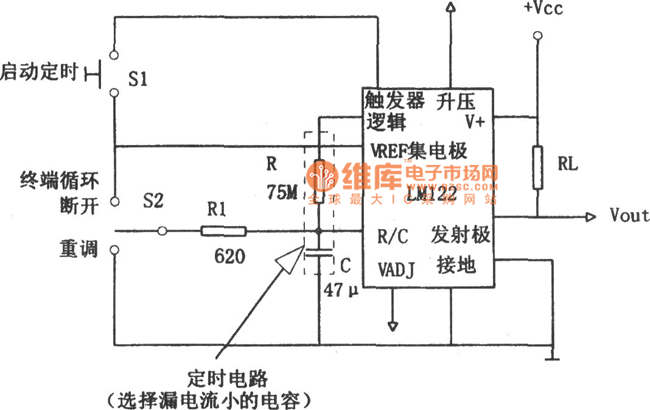
A Very Useful Timed Beeper Circuit
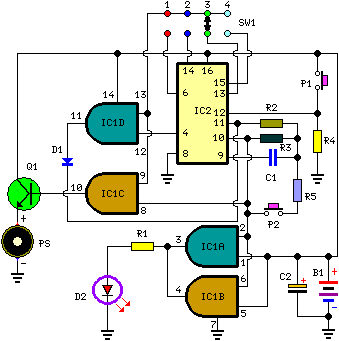
This circuit is designed for alerting purposes after a predetermined time has elapsed. It is ideal for tabletop games that require a fixed duration for answering questions or moving pieces. In this context, it serves as a modern alternative to the traditional sandglass. Additionally, it is beneficial for time management in various scenarios, such as ensuring children brush their teeth for at least two minutes or for timing tasks in the kitchen.
The time alerting circuit can be implemented using a microcontroller or a simple timer IC, such as the 555 timer. The circuit typically includes a timing element, such as a capacitor and resistor, which determines the duration of the alert. For example, in a 555 timer configuration, the resistor-capacitor (RC) network sets the time period for which the output remains high before triggering an alert signal.
When the timer reaches the end of the set duration, it activates an output device, which could be an LED indicator, a buzzer, or a relay that controls a larger device. This output serves as the alert mechanism, notifying users that the specified time has elapsed. The circuit can be designed with adjustable timing settings, allowing users to modify the duration based on specific requirements.
For applications involving children, the circuit can be enhanced with visual and auditory signals to ensure that the alert is noticeable. In kitchen settings, the circuit can be adapted to control appliances or timers, providing a versatile solution for various timing needs. Overall, this circuit offers a practical and effective means of managing time in both recreational and everyday scenarios.This circuit is intended for alerting purposes after a certain time is elapsed. It is suitable for table games requiring a fixed time to answer a question, or to move a piece etc. In this view it is a modern substitute for the old sandglass. Useful also for time control when children are brushing teeth (at least two minutes!), or in the kitchen, and so on.. 🔗 External reference
The time alerting circuit can be implemented using a microcontroller or a simple timer IC, such as the 555 timer. The circuit typically includes a timing element, such as a capacitor and resistor, which determines the duration of the alert. For example, in a 555 timer configuration, the resistor-capacitor (RC) network sets the time period for which the output remains high before triggering an alert signal.
When the timer reaches the end of the set duration, it activates an output device, which could be an LED indicator, a buzzer, or a relay that controls a larger device. This output serves as the alert mechanism, notifying users that the specified time has elapsed. The circuit can be designed with adjustable timing settings, allowing users to modify the duration based on specific requirements.
For applications involving children, the circuit can be enhanced with visual and auditory signals to ensure that the alert is noticeable. In kitchen settings, the circuit can be adapted to control appliances or timers, providing a versatile solution for various timing needs. Overall, this circuit offers a practical and effective means of managing time in both recreational and everyday scenarios.This circuit is intended for alerting purposes after a certain time is elapsed. It is suitable for table games requiring a fixed time to answer a question, or to move a piece etc. In this view it is a modern substitute for the old sandglass. Useful also for time control when children are brushing teeth (at least two minutes!), or in the kitchen, and so on.. 🔗 External reference
